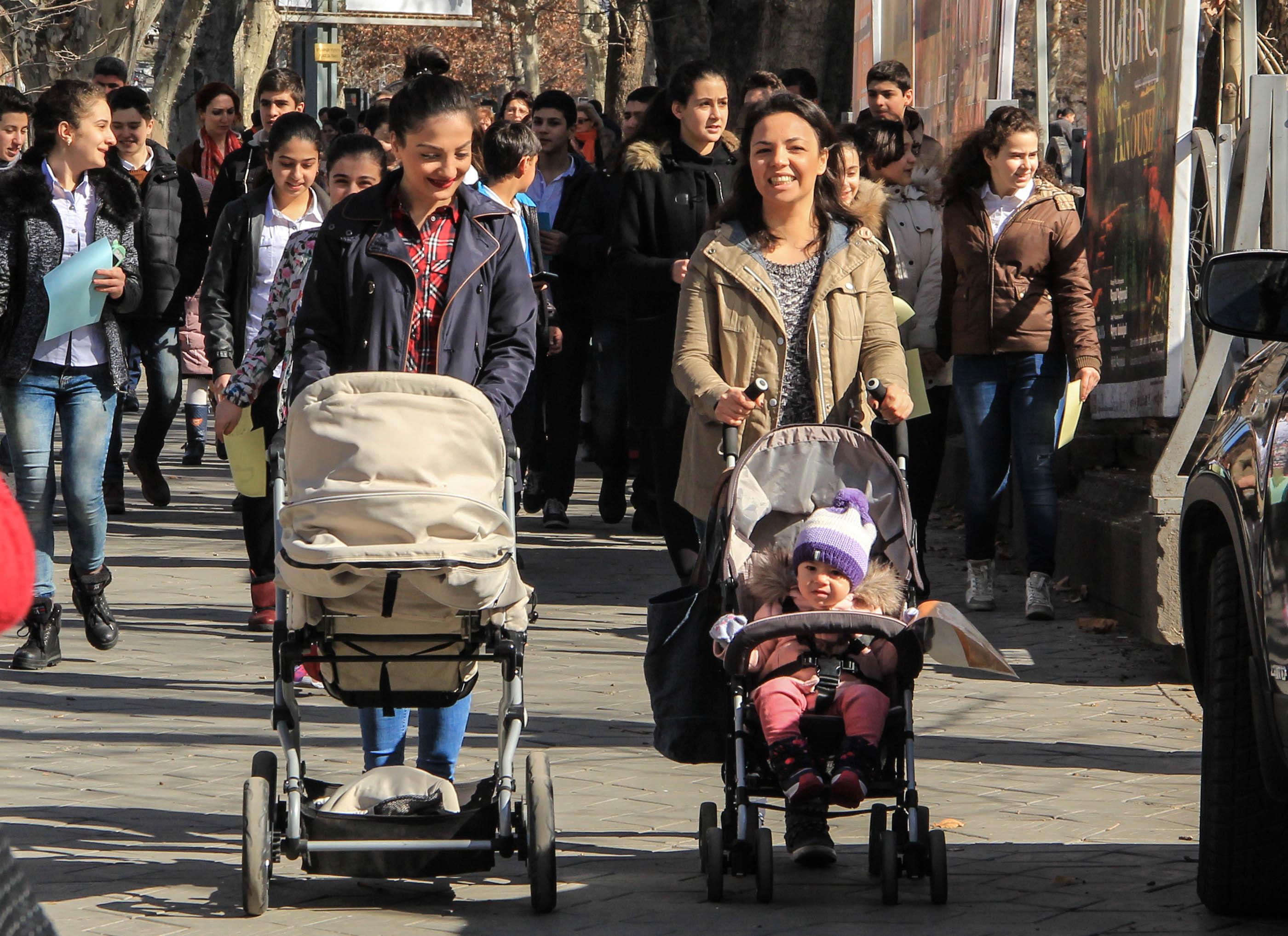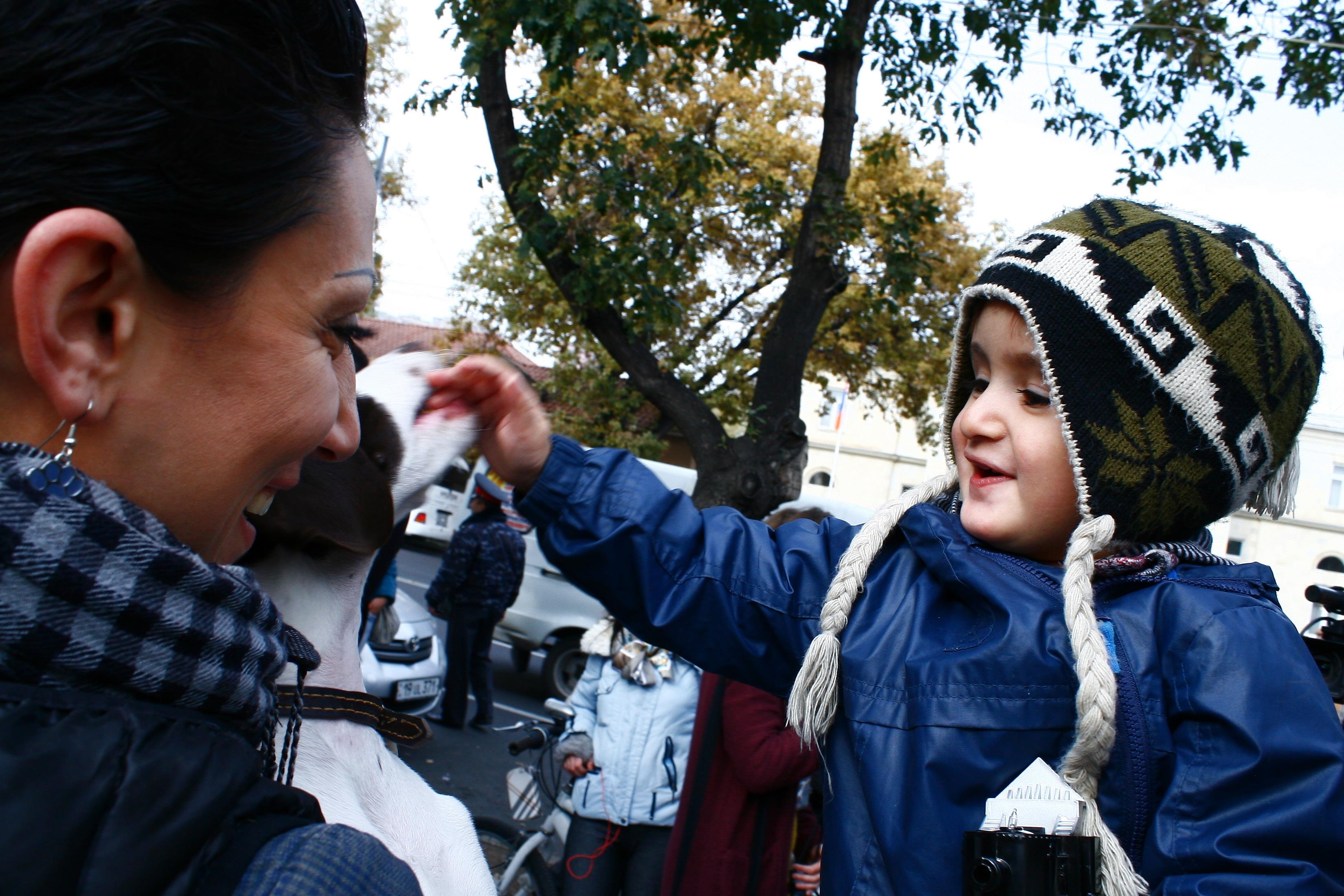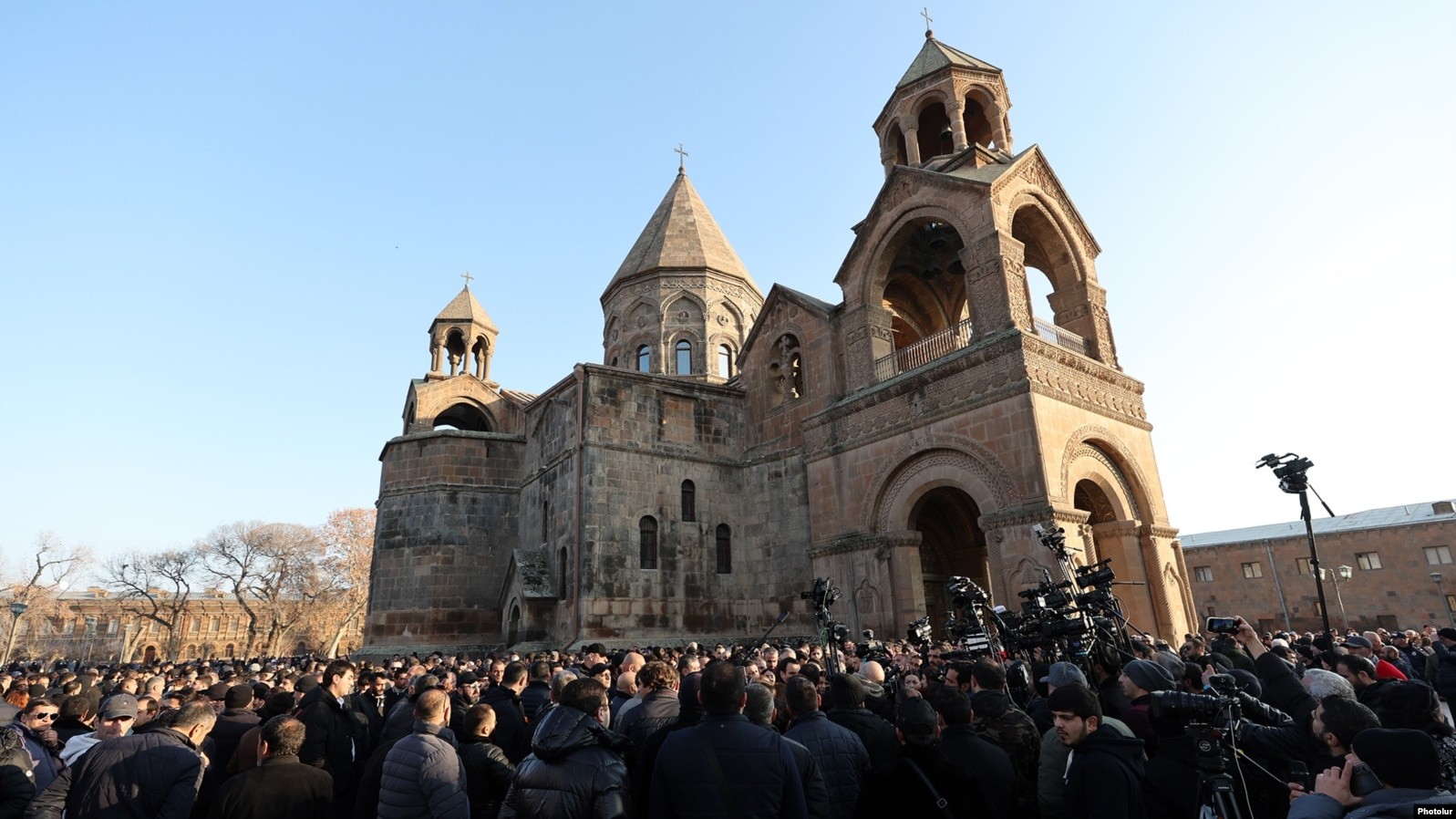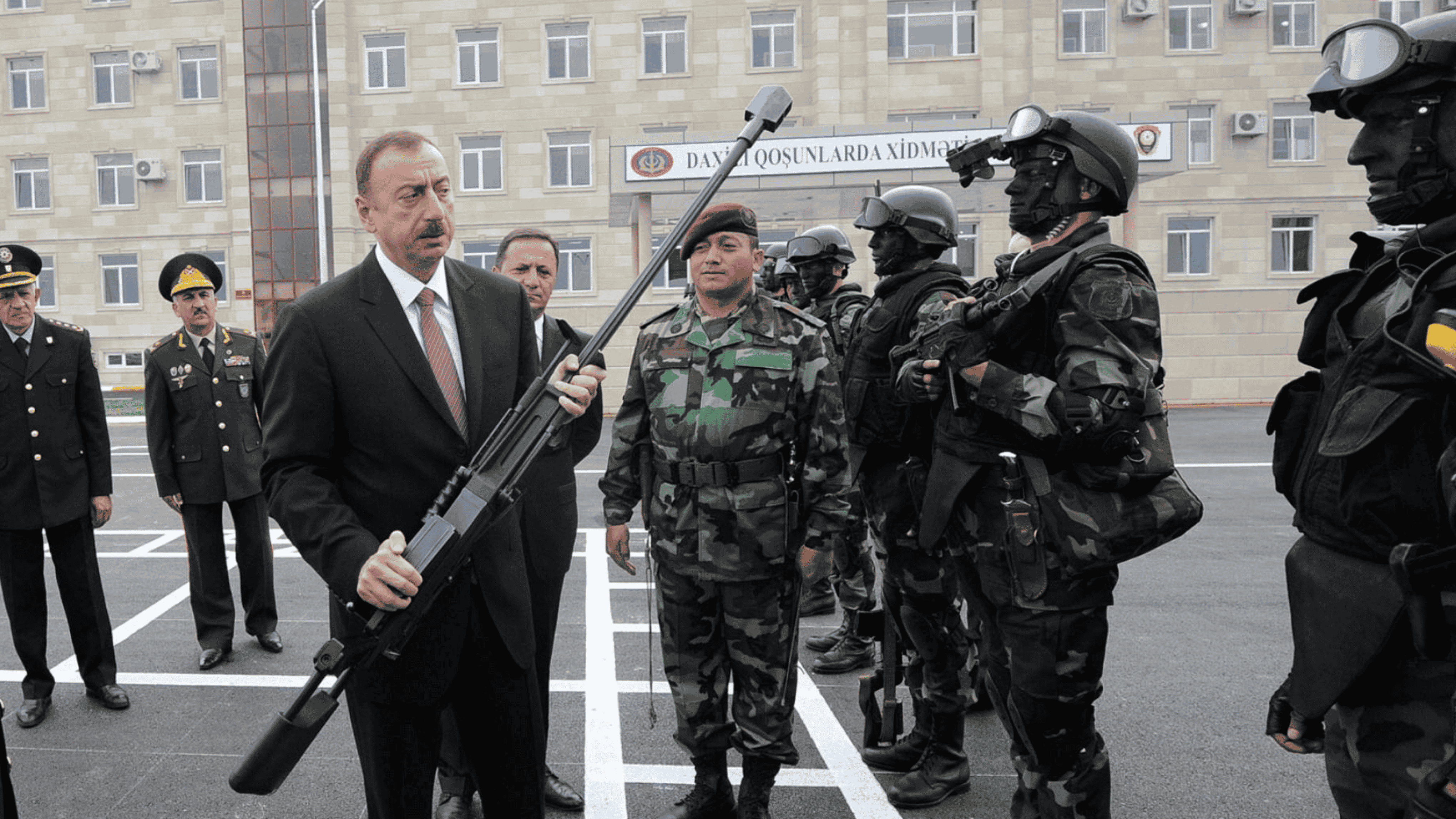Babysitters to boost birthrate
The draft of the 2016-2018 National Demographic Situation Improvement Program of the Republic of Armenia inspired young mothers on maternity leave who would like to return to their office duties after they give birth. They disseminate information on the National Program on social media, but officials warn that it is only a draft and it is unknown whether it will become a reality or not.
The following provisions, voiced by Vaniko Babajanyan, head of the Demography Department of the Ministry of Labor and Social Issues, while on the air of the radio station Sputnik-Armenia made the draft program popular:
1. Women wishing to work after giving birth are to be allocated sums to cover babysitters’ services (not more than minimum wage, amounting to 55,000 AMD in Armenia (approx. $115 US);
2. Payment for studies in higher educational institutions is to be subsided for pregnant students and those who have given birth to a child up to 22 years of age;
3. Subsidy for the preparatory process for entering the higher educational institutions for women up to 24 years who have not received higher education because of premature birth but want to study;
4. Ensuring professional training and retraining in employer’s institutions for women up to 30 years of age, who have children and who would like to work, but who are not in demand in the labor market since they have never worked before.
The program’s ultimate goal to increase birthrate was been articulated for decades, but no results have been yielded. Two years ago, Garik Hayrapetyan, the UNFPA Armenia Executive Representative noted:
“The focuses needs to be changed in the resolution process of demographic problems. We should not set the goal of increasing the birthrate; we are to provide favorable conditions so that people want to have many children. This process is underway.

According to the data from the survey, which was conducted by the UNFPA Armenia Country Office, two children in an average-sized family is the limit; many people prefer to have at least one child, though they believe, theoretically, that three children ought to be in the family.
According to expert opinion, the allocation of one-off payment at childbirth, which is a common practice worldwide, including in Armenia, is not a sufficient measure; young parents can’t afford a child if they are economically insecure. Long-term and stable support from the moment a child is born till he/she is 5, for example, would be more suitable.
According to Ralph Hackert, the international expert on demographic issues, in Montenegro, for example, the state allocates $150 US monthly to parents for third child during a ten-year period. He also advises Armenia, which wishes to increase birthrate, to take the path of long-term and comprehensive support of young families.
According to Armenian National Statistic Service data, in 2015, 41,000 people were born, 28000 died. As a result, the index of the population’s demographic viability totals 1.4, whereas it should amount to 2,1 for stable reproduction.
In Ralph Hackert’s words, the low birth rate in Armenia is caused by unemployment and emigration. Thus, first of all, it is necessary to reduce the unemployment level and increase living standards to improve the demographic situation.
Easier said than done. The French Government implements annually dozens of projects and allocates 3.5% of its GDP to increase the birth rate.
Huge financial allocations in Armenia cannot be counted on, but the Ministry of Labor and Social Issues believes part of its demographic problems will be solved as a result of the the National Program, which provides a new approach to the issue. It also sets a timeframe; the results could be expected within 2-3 years.

Published: 30.03.2016



















